
Among the great bistros and boîtes the world over, a few loom especially large in the art world for the outsized roles they play in the lives of artists, dealers, collectors, and writers. For CULTURED's first Art and Food issue, gourmand-gossips Nate Freeman and Benjamin Godsill spoke with a few of the masterminds behind these establishments to chat about what makes a good art restaurant, what artists and chefs have in common, and how to stay classic amid an ever-changing cultural landscape.
When the Odeon opened in 1980, it was famous for its steak frites, impeccable service, and the clusters of great artists that could be found crowding its iconic red booths. Today? Same, same, and same.
If you are anything like us, you heard about the Odeon long before you first set foot in its perfect dining room. Those of us not lucky enough to have been of night-crawling age in the pre-Giuliani era likely first encountered this legendary establishment through the cover illustration of Jay McInerney’s 1984 novel Bright Lights, Big City. (The protagonist of this hedonist epic, a young nightlife enthusiast, hoovers up copious amounts of Bolivian Marching Powder in the restaurant’s downstairs toilets.)
Or perhaps that first glimpse came via more wholesome fare—a flash of the restaurant’s now-iconic neon sign came in the opening credits of Saturday Night Live. However you first came to know it, you quickly learned of its reputation as a meeting point for the first name set (Iman, Andy, Jean-Michel, etc.) and, like us, lusted to dance between the tables with them.
Then, one day, there you were: looking out across that iconic bar next to the dining room, hoping your debit card wouldn’t be declined when they rang up your second martini. You realized, like we did, that the music never stopped—that the Odeon, like New York itself, is forever.

The restaurant took up residence in the former Towers Cafeteria space in 1980; long before Tribeca morphed into a gathering place for the the four-figure stroller set. Back then, it was a triangle of empty streets full of abandoned textile and dry goods warehouses populated by a few intrepid artists. The rapidly gentrifying SoHo was above, and the Financial District, gearing up for the go-go ’80s, was below.
It’s here that brothers Keith and Brian McNally and Lynn Wagenknecht found the former steam-table-style cafeteria available to rent for a song. The neighborhood had been a manufacturing hub since 1933, but by the mid-’80s, even Western had moved out of its iconic building.
The trio didn’t have to change much: “There was some terrible linoleum that was covering the beautiful wood on the walls,” recalls Wagenknecht, but the timeless glowing-orb light fixtures? The speckled terrazzo floor? The take-a-check machine? It was all already there, by some miracle, at Towers Cafeteria.
It was a hit from the start—with actors, models, writers, musicians, and comedians, of course—but perhaps most saliently and enduringly, it was a hit with artists. In the early days, icons like Lawrence Weiner, David Salle, Julian Schnabel, Richard Serra, and Eric Fischl held down the fort, accompanied by the likes of Keith Haring, Andy Warhol, and Robert Mapplethorpe.
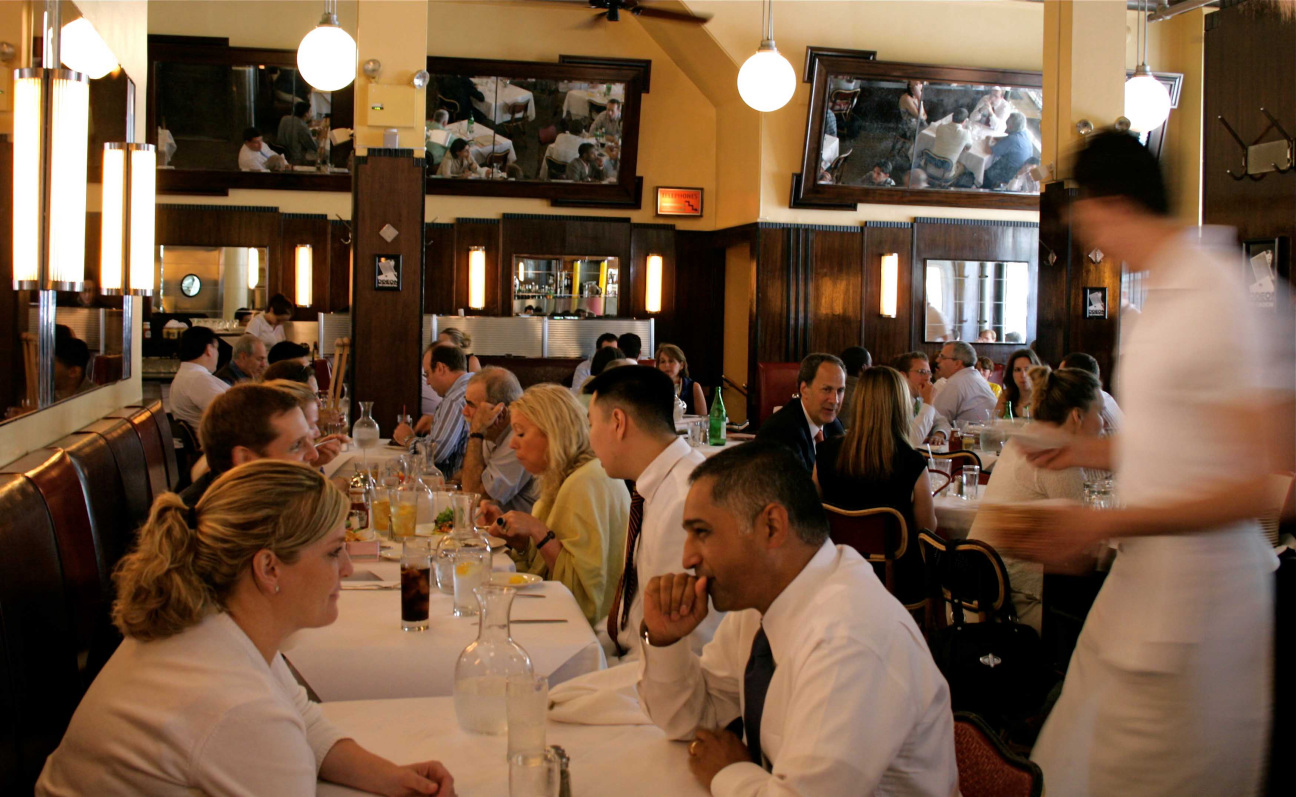
Legend has it, and Wagenknecht confirms that in his younger and more volatile years, Serra had was 86ed for his antics at the Odeon more than once, but he always returned with an apology. Eventually, he landed his own corner booth and became a cherished mainstay. In the pre-Covid years, before the Odeon offered any kind of delivery or takeout service, Serra and his wife Clara Weyergraf were given special treatment—their lunches sent over to the artist’s studio, or the couple’s home around the corner.
More than 40 years later, the Odeon hasn’t gone anywhere. The fervor has only amplified as the gallery scene shifted back downtown, and lunch-time always has its share of art-world dynamos. We often bump into Joe Cole and Pascal Spengemann from Broadway and the likes of Andrew Kreps and Ellie Rines hopping tables.
Dinner at the Odeon turns the act of the stop-and-chat into an Olympic sport: Nate Lowman can be seen holding down a table with his brood, while SoiL Thornton is spotted supping with their LA dealer Mills Morán. The budding star gallerist Alexander Shulan is a regular too, with a rotating cast of characters in tow, and on some evenings, Glenn Ligon holds court with his own crew.
It’s hard to get from your table to the bathroom without being waylaid to discuss the latest market gossip or kvetch about the price of hotels in Basel. And that’s just the art folks. The of-the-moment maestros from the worlds of music, film, fashion, and publishing are there, too. It’s the New York you always thought existed somewhere, right where it always was.

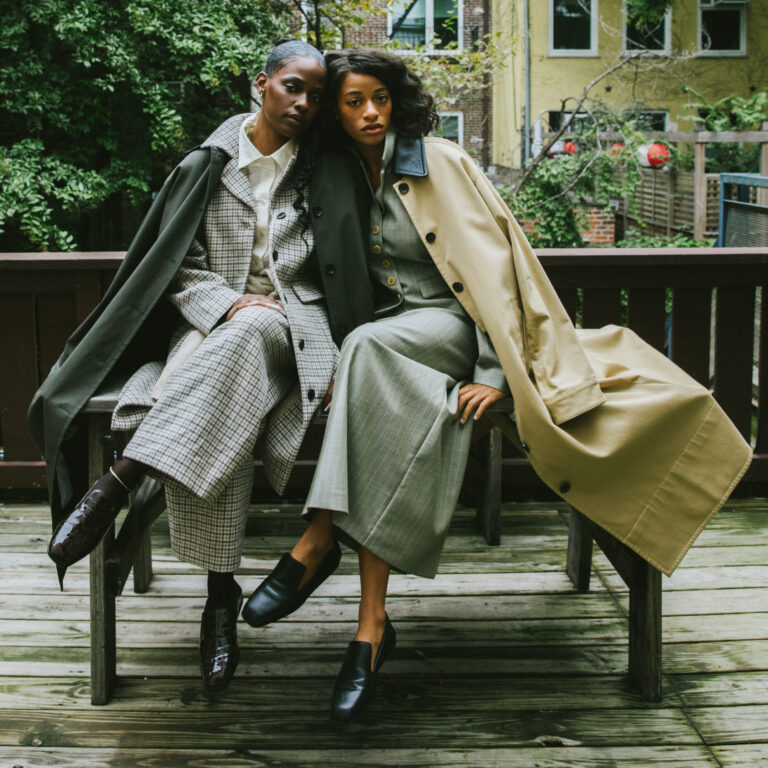
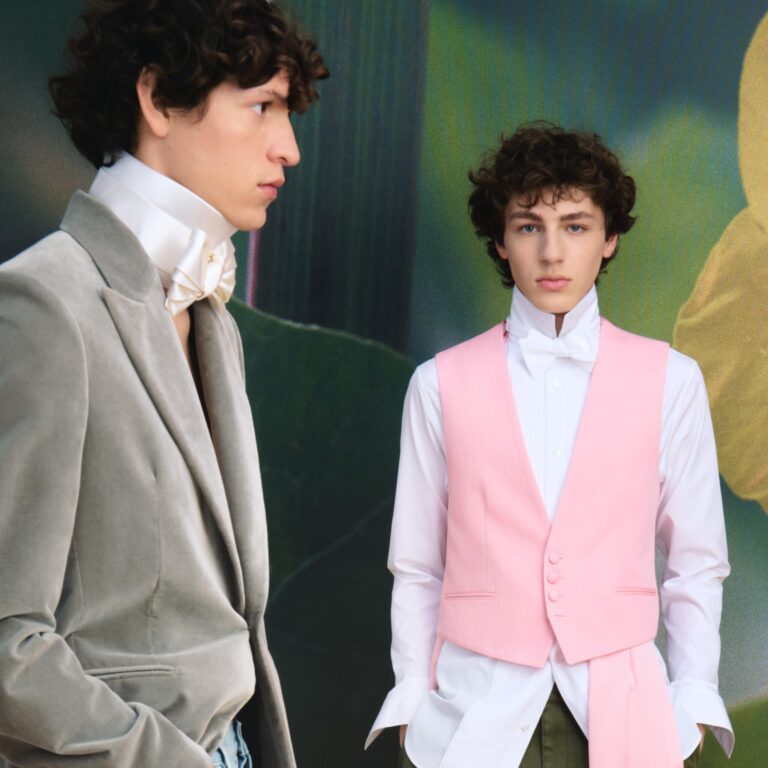

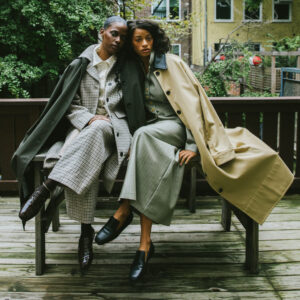
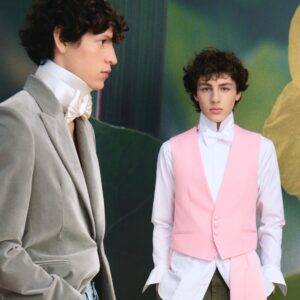
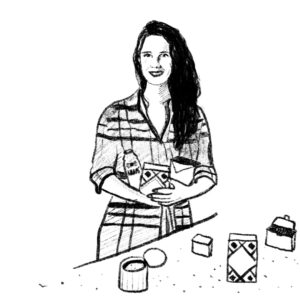



 in your life?
in your life?

